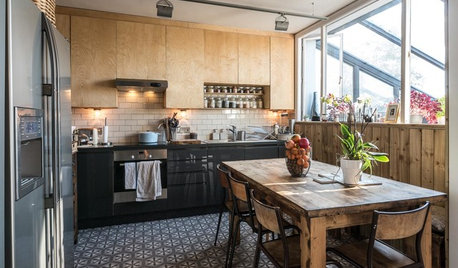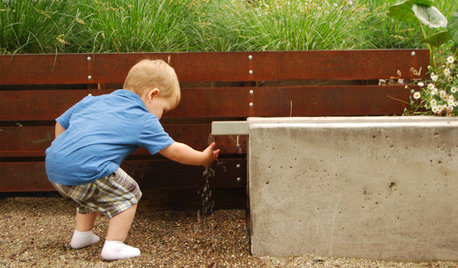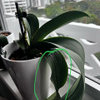Dividing Two Ficus Lyrata in Grown in Same Pot?
lizzie_nh
10 years ago
Featured Answer
Comments (19)
Tiffany, purpleinopp Z8b Opp, AL
10 years agolizzie_nh
10 years agolast modified: 9 years agoRelated Professionals
Cary Landscape Architects & Landscape Designers · Oconomowoc Landscape Architects & Landscape Designers · Wakefield Landscape Contractors · Peabody Landscape Contractors · Brandon Landscape Contractors · Ellensburg Landscape Contractors · Fairview Landscape Contractors · Fort Worth Landscape Contractors · Gaithersburg Landscape Contractors · Gresham Landscape Contractors · Oak Forest Landscape Contractors · Riverhead Landscape Contractors · Wanaque Landscape Contractors · Little Egg Harbor Twp Interior Designers & Decorators · Struthers Interior Designers & DecoratorsHrose
10 years agolast modified: 9 years agoTiffany, purpleinopp Z8b Opp, AL
10 years agoHrose
10 years agolast modified: 9 years agoasleep_in_the_garden
10 years agolast modified: 9 years agotapla (mid-Michigan, USDA z5b-6a)
10 years agolast modified: 9 years agogreentoe357
10 years agolast modified: 9 years agoHrose
10 years agolast modified: 9 years agotapla (mid-Michigan, USDA z5b-6a)
10 years agolast modified: 9 years agoasleep_in_the_garden
10 years agolast modified: 9 years agotapla (mid-Michigan, USDA z5b-6a)
10 years agolast modified: 9 years agoflowergirl70ks
10 years agolast modified: 9 years agotapla (mid-Michigan, USDA z5b-6a)
10 years agolast modified: 9 years agojujujojo_gw
10 years agolast modified: 9 years agotapla (mid-Michigan, USDA z5b-6a)
10 years agolast modified: 9 years agoShimmyinCali
6 years agotapla (mid-Michigan, USDA z5b-6a)
6 years ago
Related Stories

KITCHEN DESIGNA Two-Tone Cabinet Scheme Gives Your Kitchen the Best of Both Worlds
Waffling between paint and stain or dark and light? Here’s how to mix and match colors and materials
Full Story
CONTAINER GARDENSSolve Your Garden Border Dilemmas With Planted Pots
Set your containers free from the patio — placed among plantings in the ground, they fill unsightly gaps, let you experiment and more
Full Story
HOUSEPLANTS8 Essentials for Healthy Indoor Plants
Houseplants add so much to our homes — and can thrive when grown in the right conditions. Keep these tips in mind
Full Story
PATIOSGet Backyard Privacy the Subtler, Stylish Way
Why settle for a hulking brick wall when plants, screens and other refined backyard dividers do the job with panache?
Full Story
EDIBLE GARDENS12 Essential Herbs for Your Edible Garden
Make home cooking and drinks even better with herbs plucked from your own backyard or windowsill pot
Full Story
SUMMER GARDENINGHow to Grow Basil
Bright color, quick growth and endless uses for cooking make this summer annual a winner in the garden or a pot
Full Story
KITCHEN OF THE WEEKKitchen of the Week: 27 Years in the Making for New Everything
A smarter floor plan and updated finishes help create an efficient and stylish kitchen for a couple with grown children
Full Story
GARDENING AND LANDSCAPING9 Ways to Make Your Yard More Fun for Kids
Draw the younger set outside while keeping grown-up spaces and style intact. Some of these ideas don’t even cost a dime!
Full Story
HOUSEPLANTSPlay Up Some Fiddleleaf Figs for a Lively Indoor Tune
Strike a dramatic chord in a minimalist scene or a country note in a rustic setting — fiddleleaf fig plants harmonize with any style
Full Story
CONTAINER GARDENSHappy Houseplants, Happy People
Potted plants add life and beauty to a room. Learn easy ways to keep them healthy
Full StorySponsored
Columbus Area's Luxury Design Build Firm | 17x Best of Houzz Winner!
More Discussions









ShimmyinCali